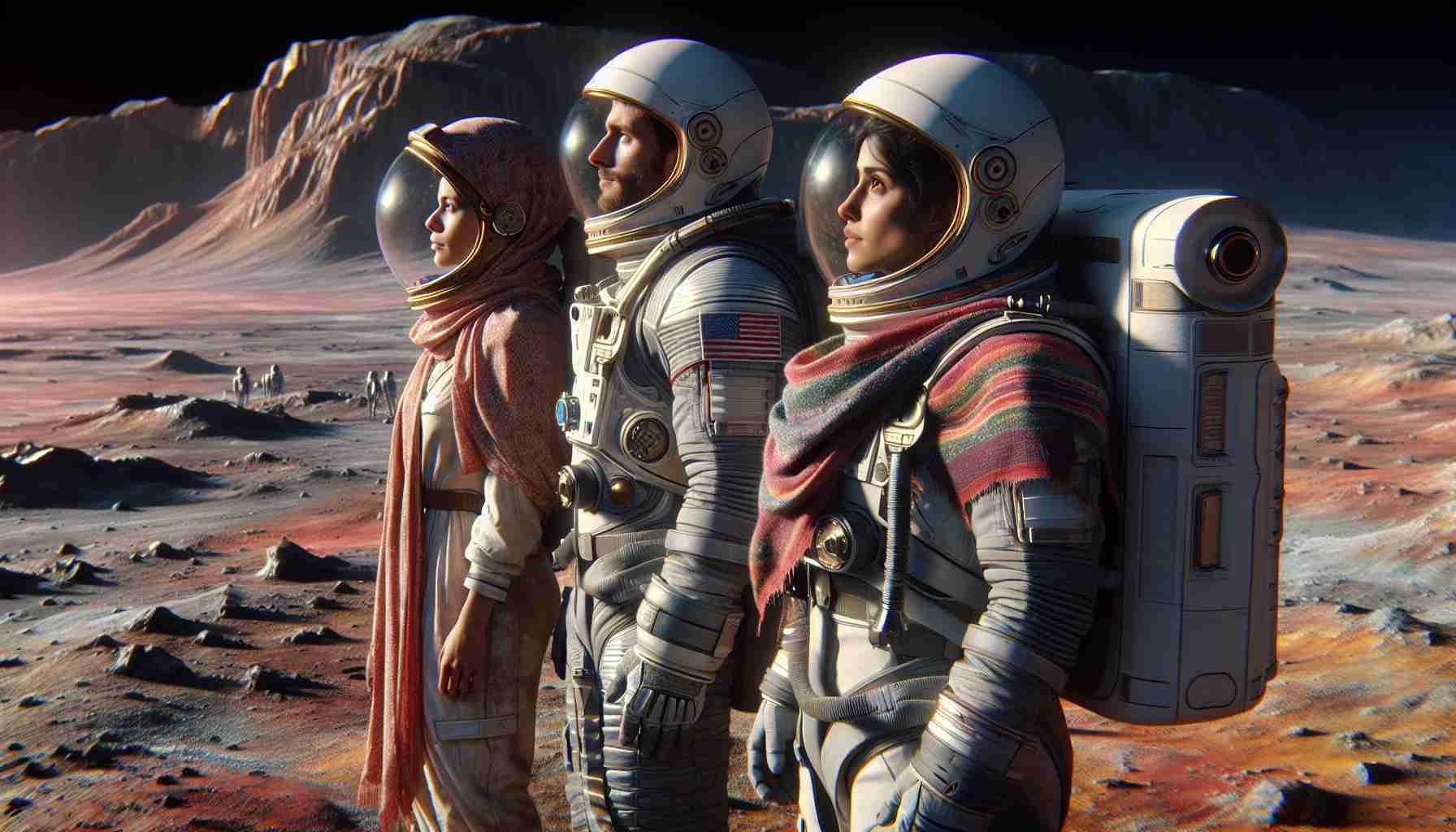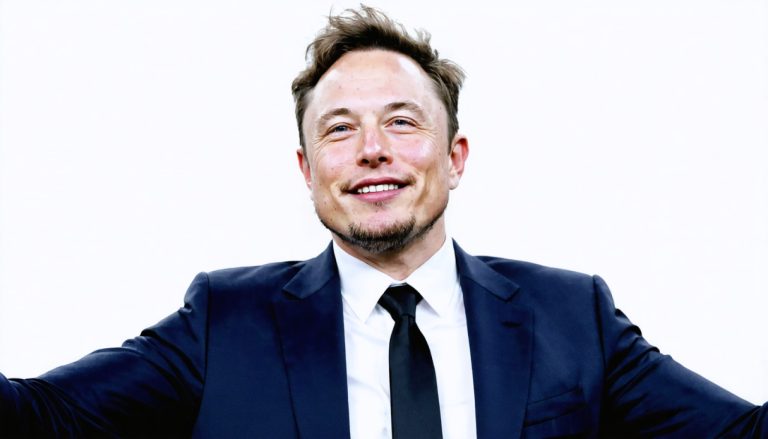
Two astronauts, Barry Wilmore and Sunita Williams, faced an unexpected extension to their stay on the International Space Station (ISS) due to issues with the Starliner spacecraft. Originally planned for an eight-day mission, Wilmore and Williams found themselves marooned on the station as the malfunctioning thrusters of the Starliner compromised their journey back home.
NASA is currently weighing its options on how to bring the stranded astronauts back to Earth, with the decision anticipated by the end of the month. The fate of Wilmore and Williams hangs in the balance as NASA evaluates whether to utilize the troubled Starliner or turn to SpaceX as an alternative, owned by entrepreneur Elon Musk.
With potential implications for Boeing, the main concern revolves around the propulsion system of the Starliner. Discussions between NASA and Boeing have been transparent as they work towards a solution. Despite Boeing’s assertions that the Starliner could still ensure a safe return for the astronauts, the final verdict rests with NASA.
The gravity of the situation underscores the unpredictable nature of human space exploration, a reality embraced by seasoned astronauts like Wilmore and Williams. Despite the challenges, they remain resilient, prepared, and committed to their mission.
As the space agency navigates this critical decision, a blend of caution and resolve characterizes the mission to bring the stranded astronauts back to terra firma.
Stranded Astronauts Face Uncertain Return as NASA Considers Options
As the anticipation mounts for the decision on how to retrieve astronauts Barry Wilmore and Sunita Williams from the International Space Station (ISS), new details have emerged that shed light on the complexities of the situation. Beyond the immediate challenge of transportation back to Earth, several key questions arise, along with associated challenges and potential controversies.
Key Questions:
1. What specific technical issues led to the malfunctioning of the Starliner spacecraft’s thrusters?
2. How does SpaceX compare to Boeing in terms of readiness and reliability for crewed space missions?
3. What factors are NASA considering in weighing the decision between utilizing the Starliner or opting for SpaceX’s services?
Answers and Challenges:
1. Technical Issues: While the exact nature of the thruster malfunction remains undisclosed, resolving this issue is crucial for a safe return. Understanding the root cause and ensuring a fix is paramount to astronaut safety.
2. SpaceX vs. Boeing: The comparison between SpaceX and Boeing raises questions about the competitive landscape in commercial space travel. Each option has its advantages and drawbacks, including cost, track record, and technological capabilities.
3. NASA Decision-Making: The decision on whether to stick with the Starliner or switch to SpaceX involves balancing reliability, timeline constraints, and strategic partnerships. NASA’s choice will influence future collaborations and contractual obligations in the aerospace industry.
Advantages and Disadvantages:
– Advantages: Resilience and adaptability of astronauts, advancements in space technology, potential for industry collaboration and innovation.
– Disadvantages: Operational delays, reputational risks for companies involved, financial implications of extended stays on the ISS.
As the situation unfolds, the importance of communication, transparency, and collaboration between NASA, Boeing, and SpaceX becomes increasingly apparent. The decision-making process not only impacts the immediate mission but also sets precedents for future space endeavors.
While the fate of Wilmore and Williams hangs in the balance, the resolve and dedication of all parties involved underscore the commitment to ensuring a safe and successful return to Earth. As the world watches, the outcome of this mission will likely shape the future landscape of human space exploration.
For more information on NASA’s space missions and partnerships, visit NASA’s official website.



